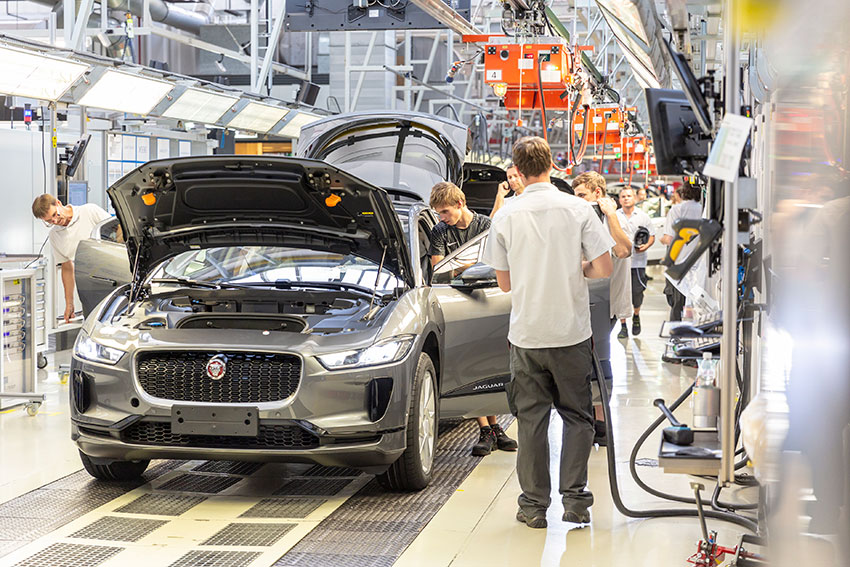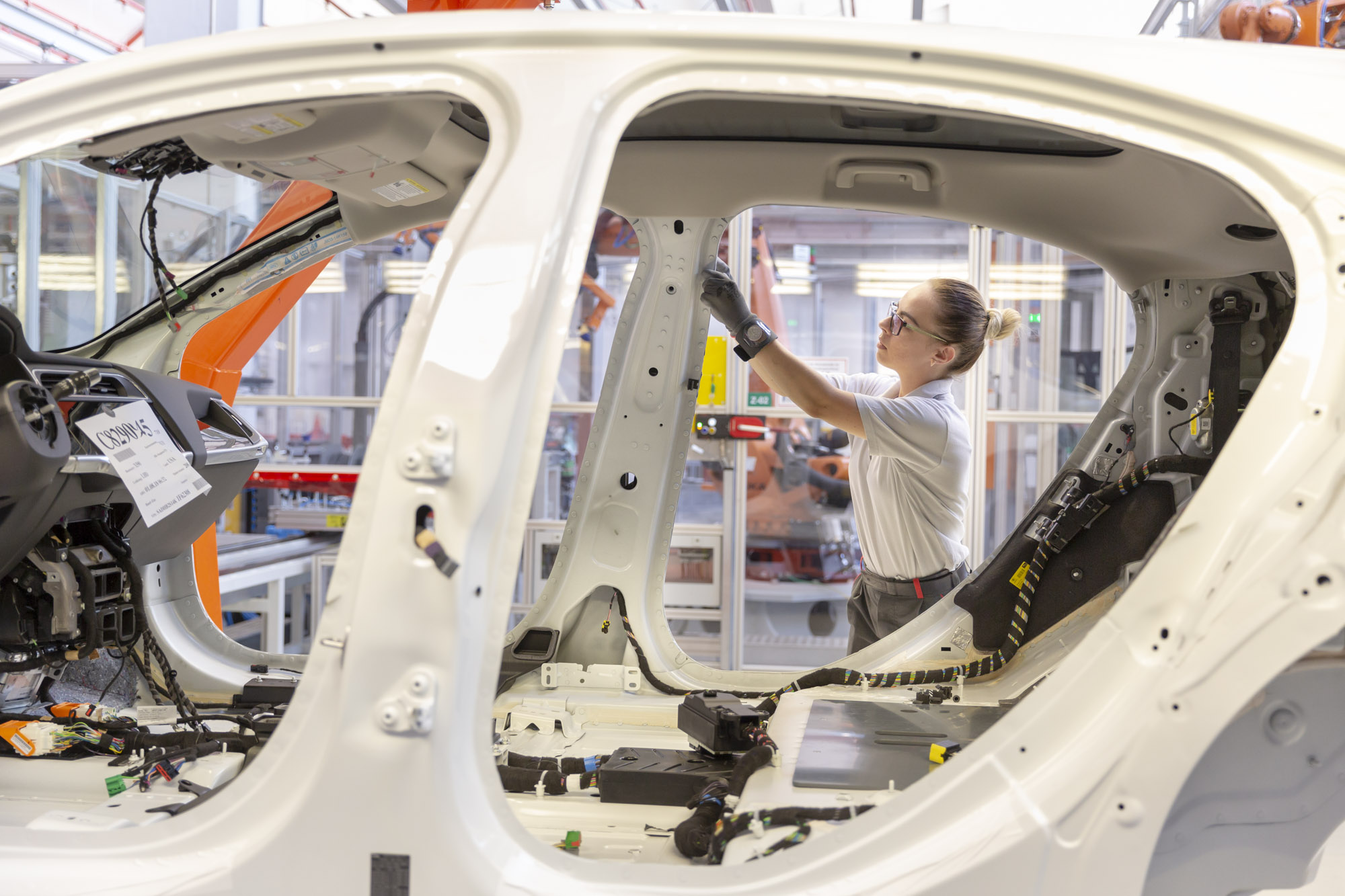The New Entrant
With the development and manufacturing partner handling key vehicle program delivery aspects, the new entrant will be free to focus their efforts on establishing and developing their brand, including marketing and sales strategies, public relations, branding, and so forth. Of course, within the automotive product delivery process, there are still several tasks which have to be handled by the new entrant:
- Design Studio/Styling
The new entrant remains responsible for vehicle styling and provides the visual guidelines for their vehicle. However, the styling work requires close alignment with the development and production partner, as design visions can only be realized in accordance with technical and legal requirements.
- Distribution Network
This final link in the supply chain is usually also created by the new entrant. This means that they have to either establish a dealer network or set up the necessary sales infrastructure independently.
- Marketing, Advertisement, and Sales
The new entrant also handles all tasks regarding communication and promotion of their vehicle. Marketing and branding activities, advertising, and communication strategies as well as sales networks are not influenced by the development and production partner (unless their brand is mentioned explicitly).
- After-Sales
Finally, after-sales management is also considered part of the new entrant’s responsibility. This includes any tasks regarding insurance, maintenance, repair and rescue services, as well as maintaining positive customer relations and brand loyalty.
The cooperation between the two partners is always on an equal footing. That being said, the new entrant has final say in any decisions regarding changes to either the vehicle itself or the development and delivery plan.
IMPORTANT FACTORS TO DISCUSS FOR FINDING THE OPTIMAL WORK SPLIT
Assigning the general responsibilities of each party is one step toward ensuring a successful partnership. There will still be certain factors which require further discussion between the two parties, however:
- Setting a uniform communication baseline: It is fully possible that the parties will not succeed in communicating their respective expectations due to differences in background and experience. With new players in the automotive market as well as with traditional players, it is crucial to reach consensus on specific wording and clear communication rules at the beginning of a project.
- Another factor is to create a mutual understanding about required production standards and the mutually understood definition of relevant milestones (which deliverables must be provided at which milestone).
- Many factors, such as the production volume, the supply base, or the vehicle platform used, have a considerable impact on the project's complexity, cost, and time-to-market. These factors should be understood and agreed to avoid complications at a later stage. More on these topics in the article: “Organizational Evolution over the Course of Your Market Entry.”
The golden rule of cooperation is to always communicate. It’s important to maintain a constant and steady flow of information to locate and quickly solve any issues. Ultimately, the goal of a partnership like this is to help generate profits for all parties involved. This goal can only be achieved through timely and solution-oriented communication.
WHAT'S NEXT
To summarize: to help ensure a mutually beneficial partnership, it is recommended that new entrants provide as many details as possible regarding their project in advance. This will help to make the subsequent process of setting up the partnership and assigning responsibilities easier. When determining the work split, it's important to not only assign general responsibilities but also define the timeline, tasks, primary deliverables, as well as details of each partner’s project organization and communication systems.





